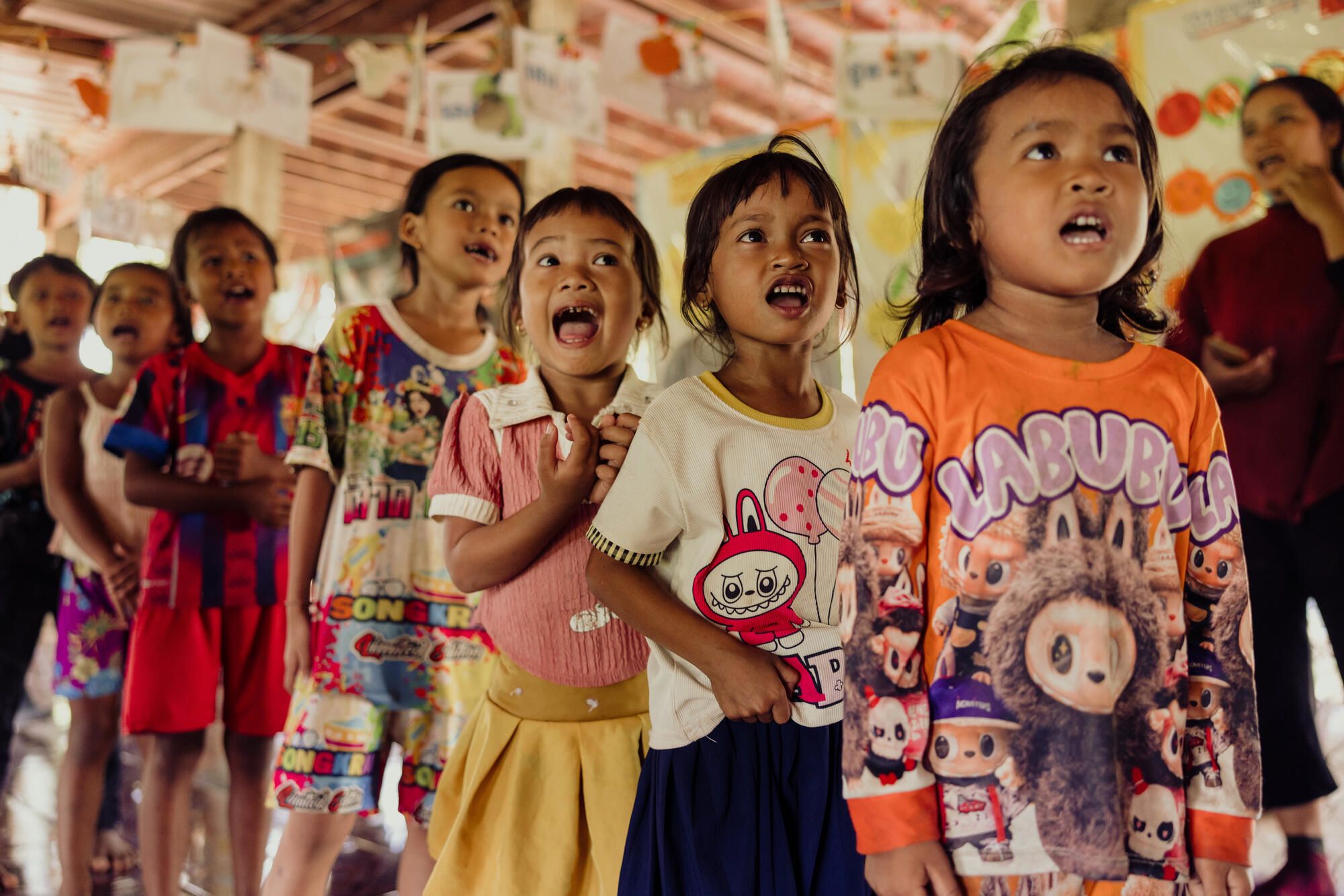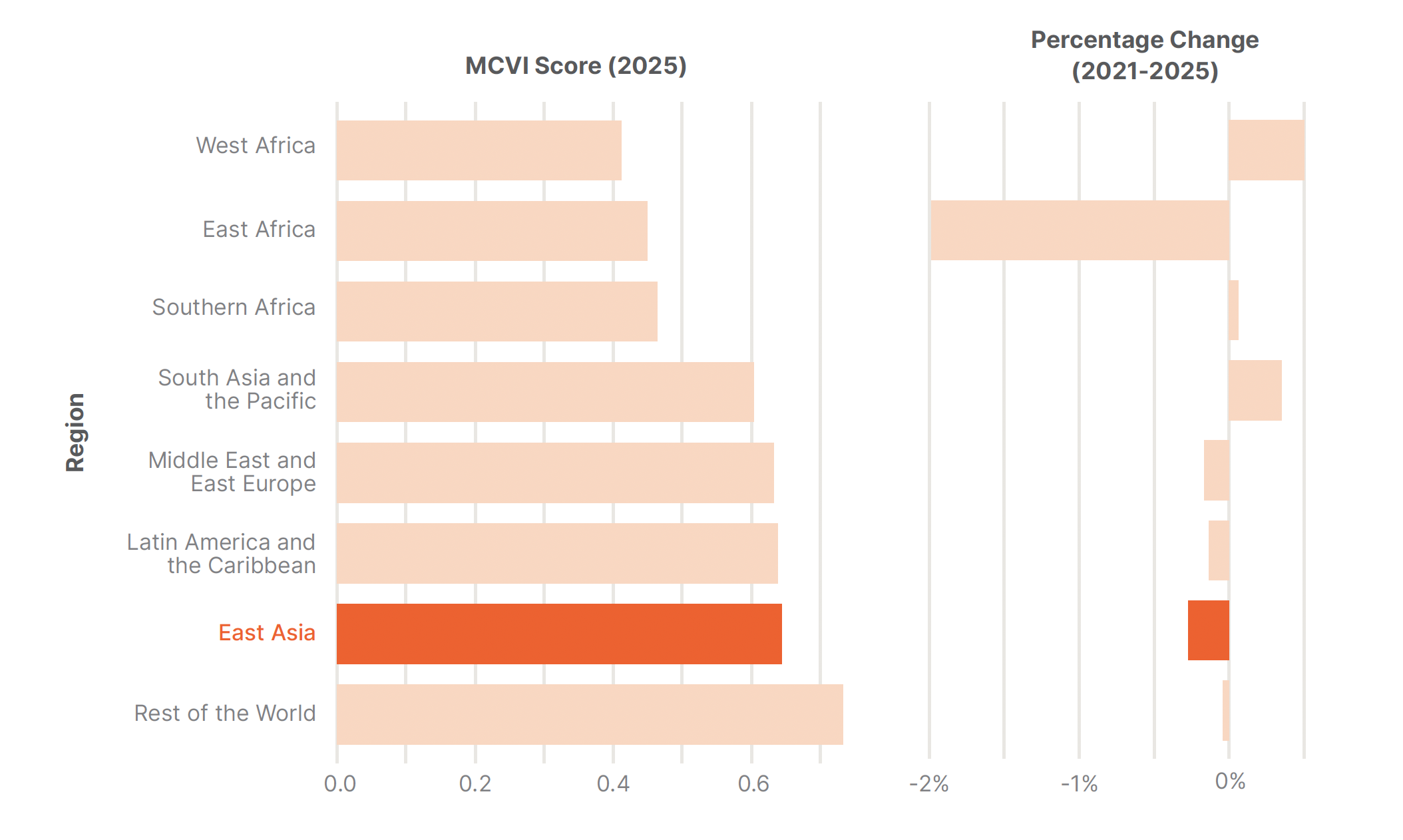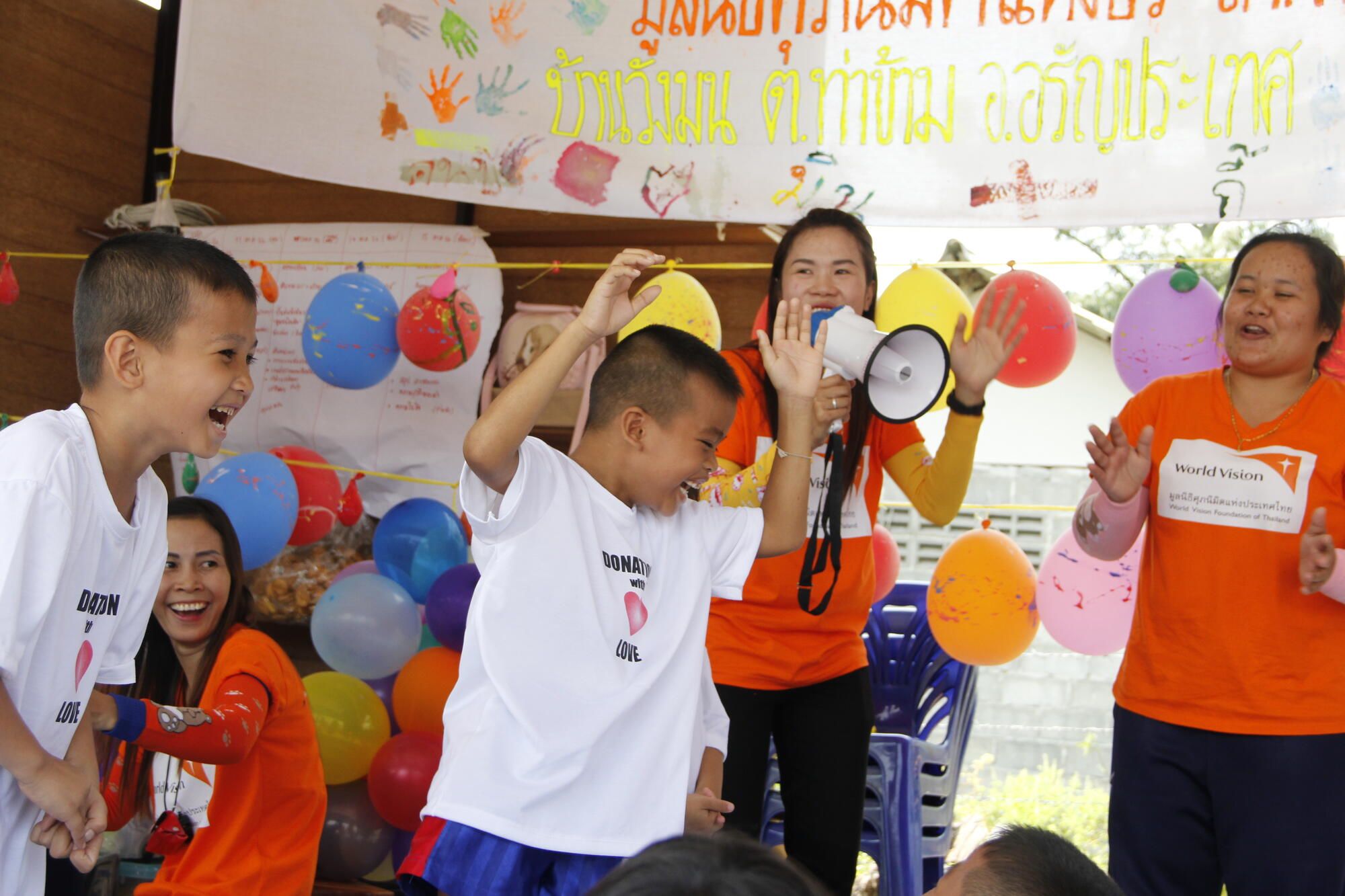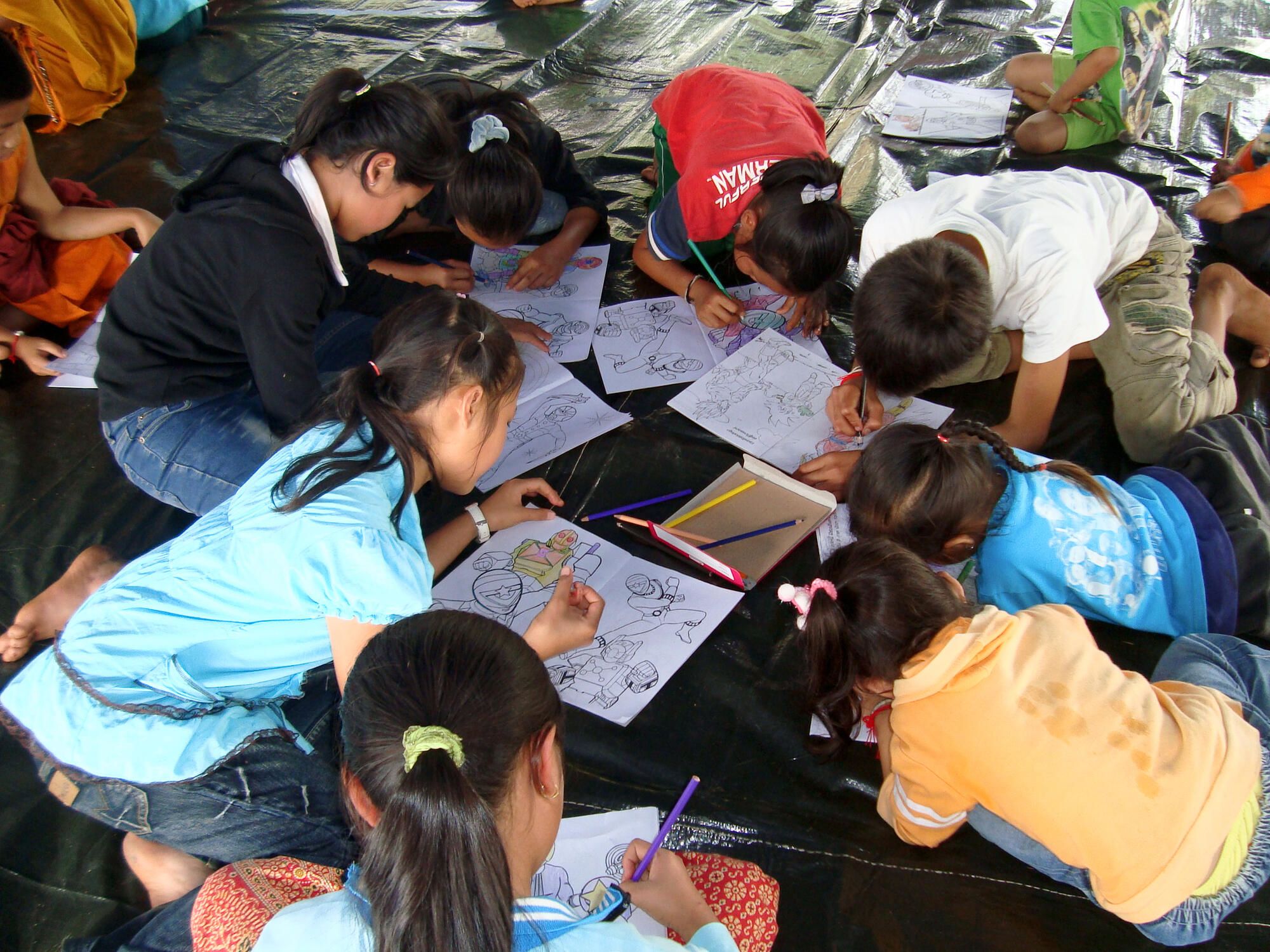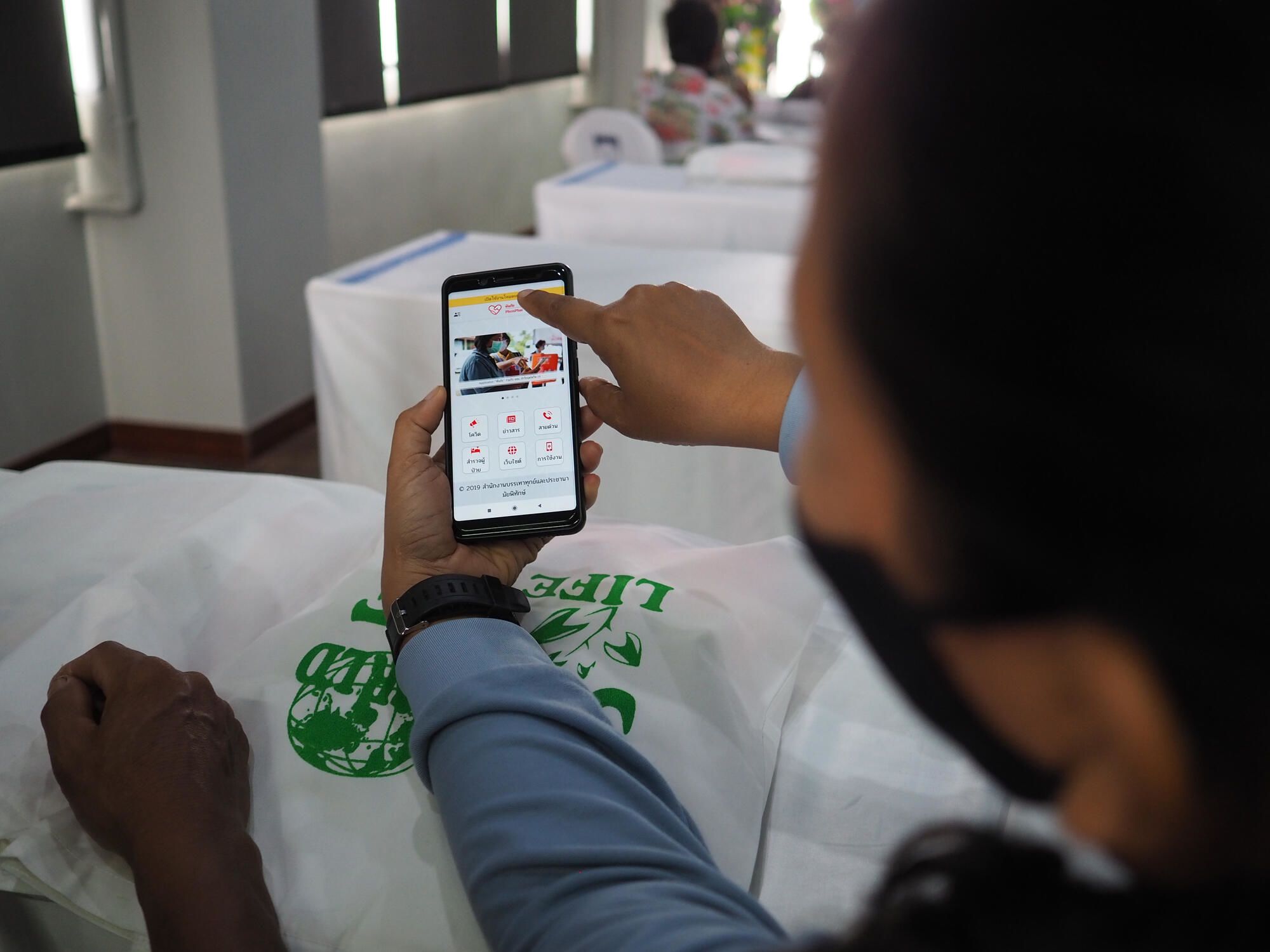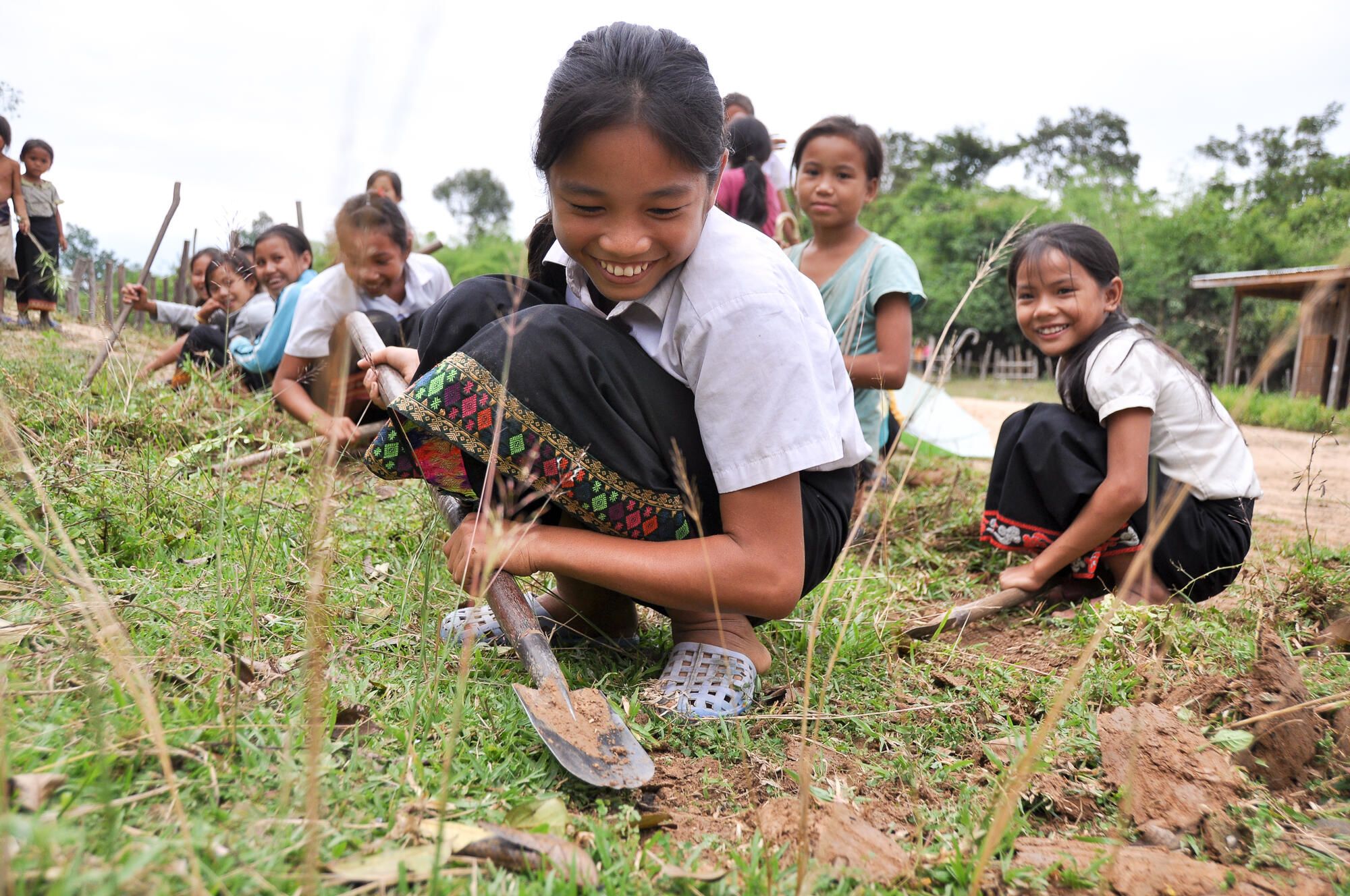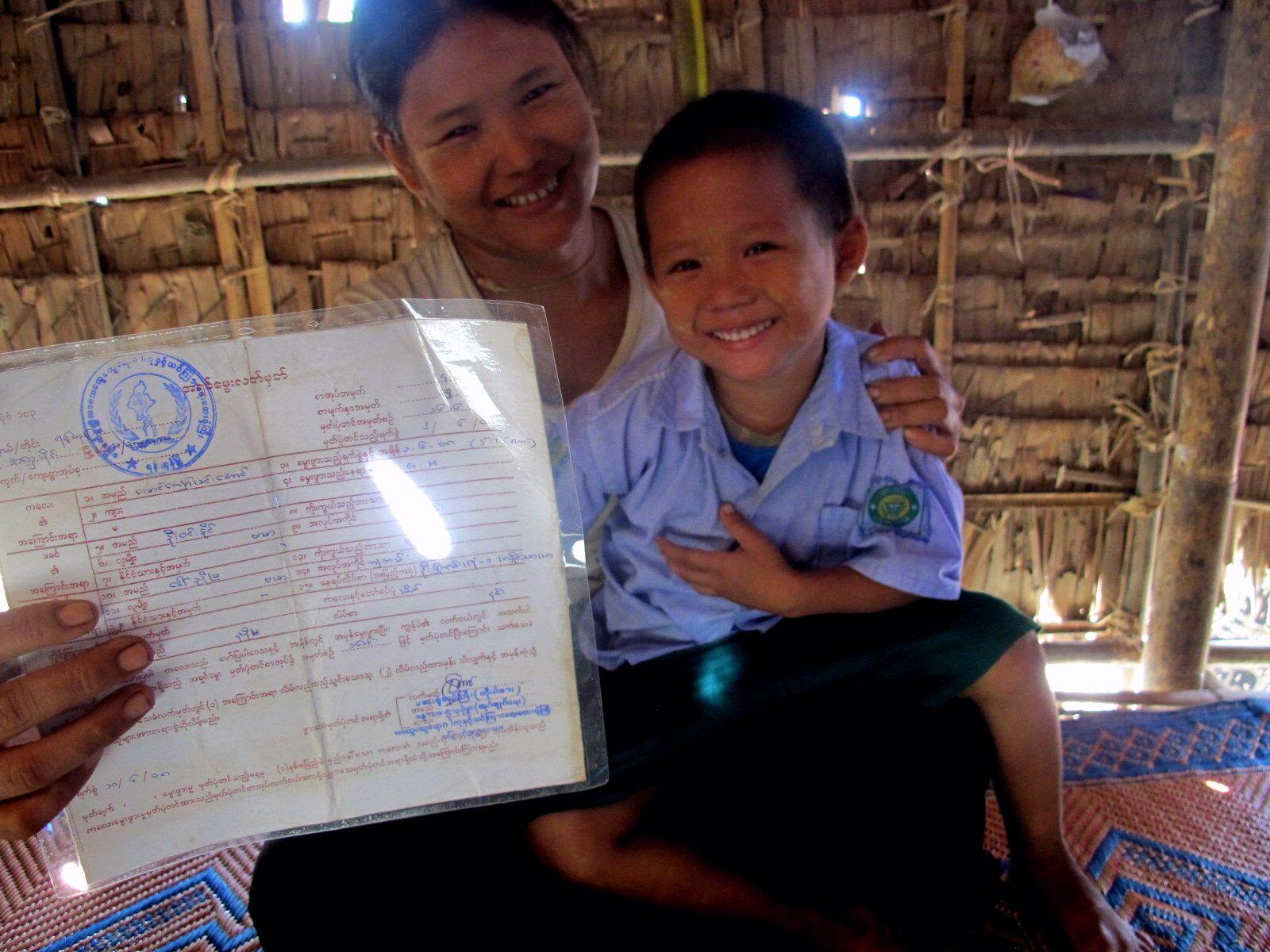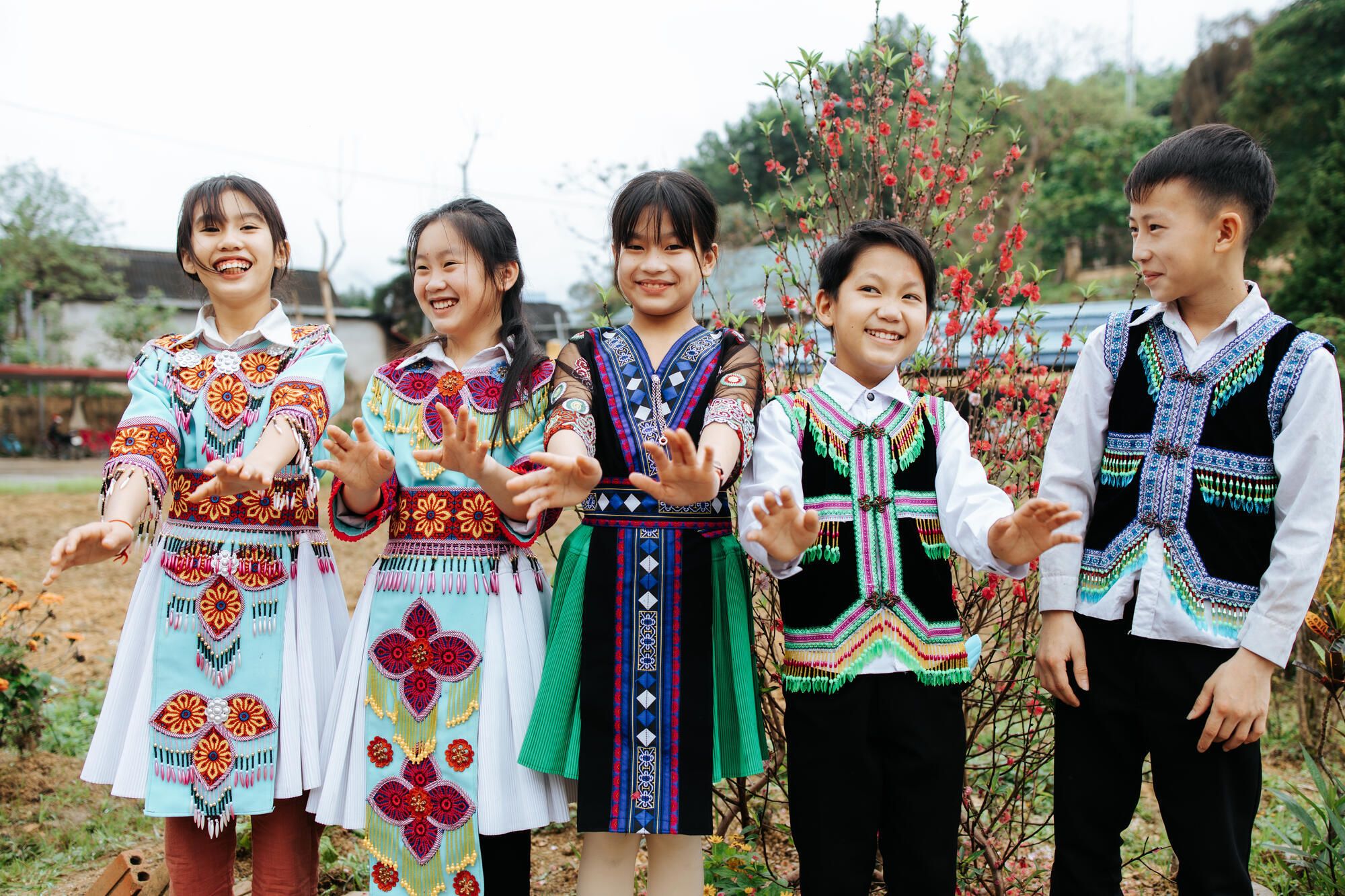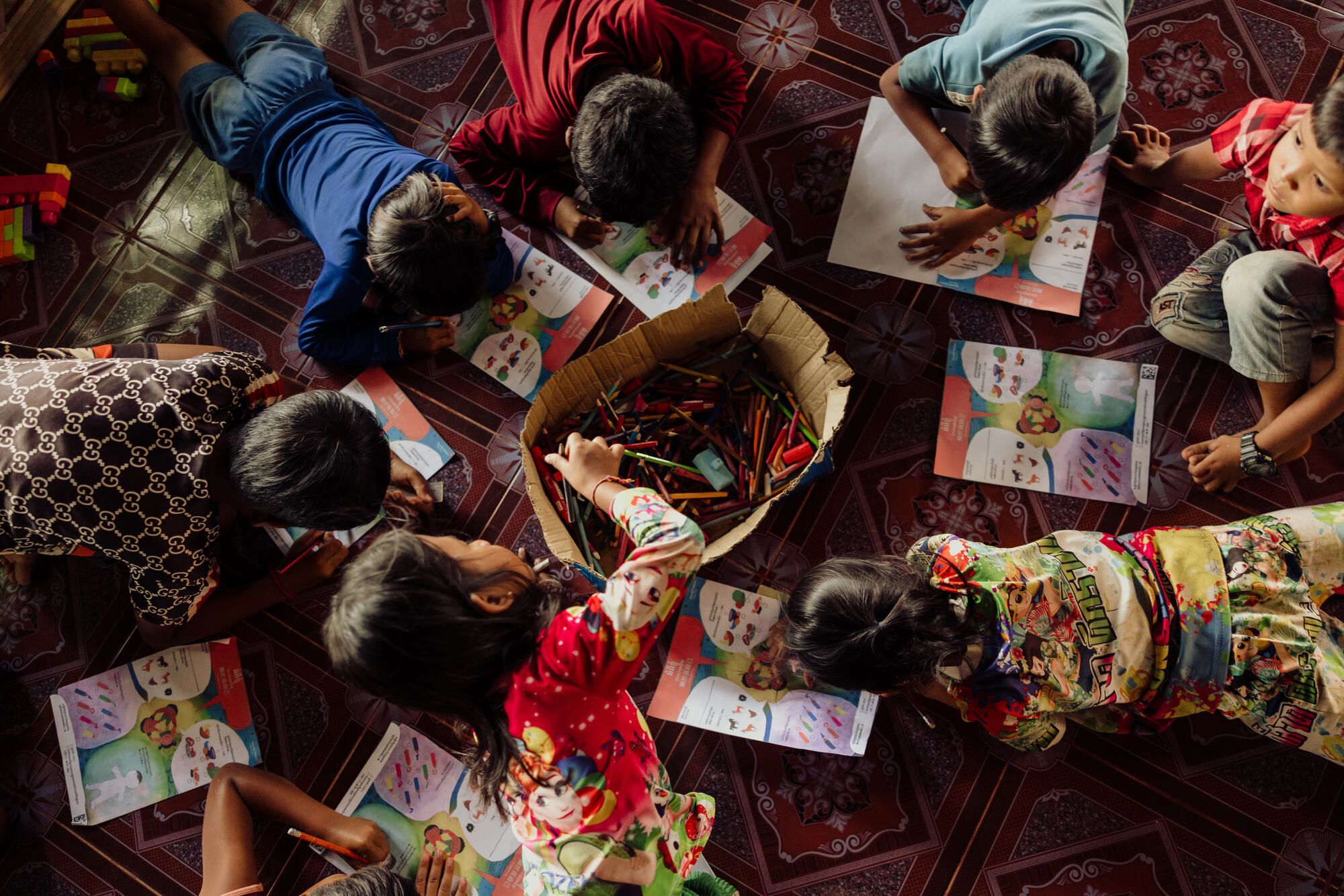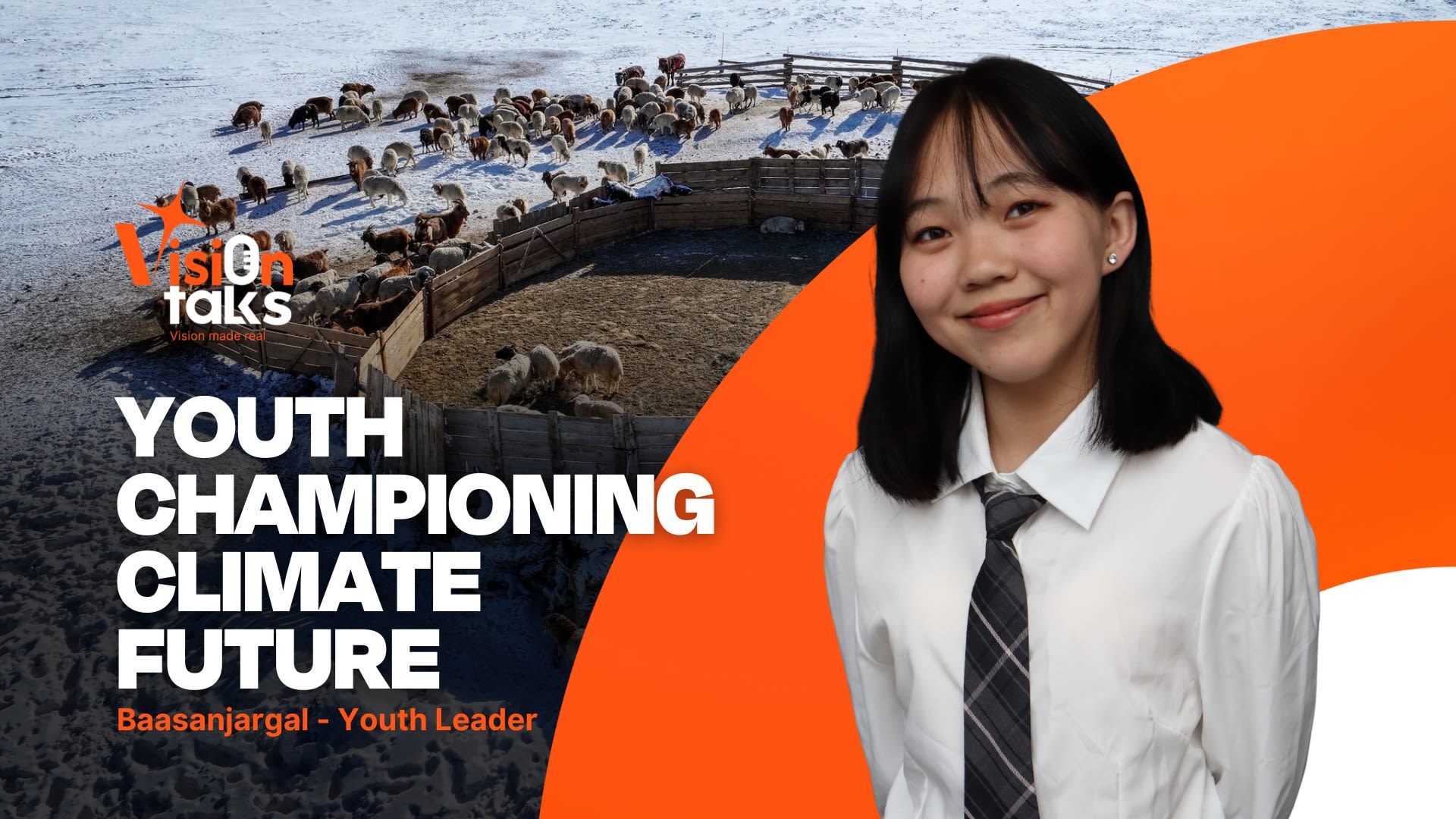Behind the Averages:
Uncovering Child Vulnerability in East Asia
Measuring Child Well-being in East Asia with the Multidimensional Child Vulnerability Index (MCVI)
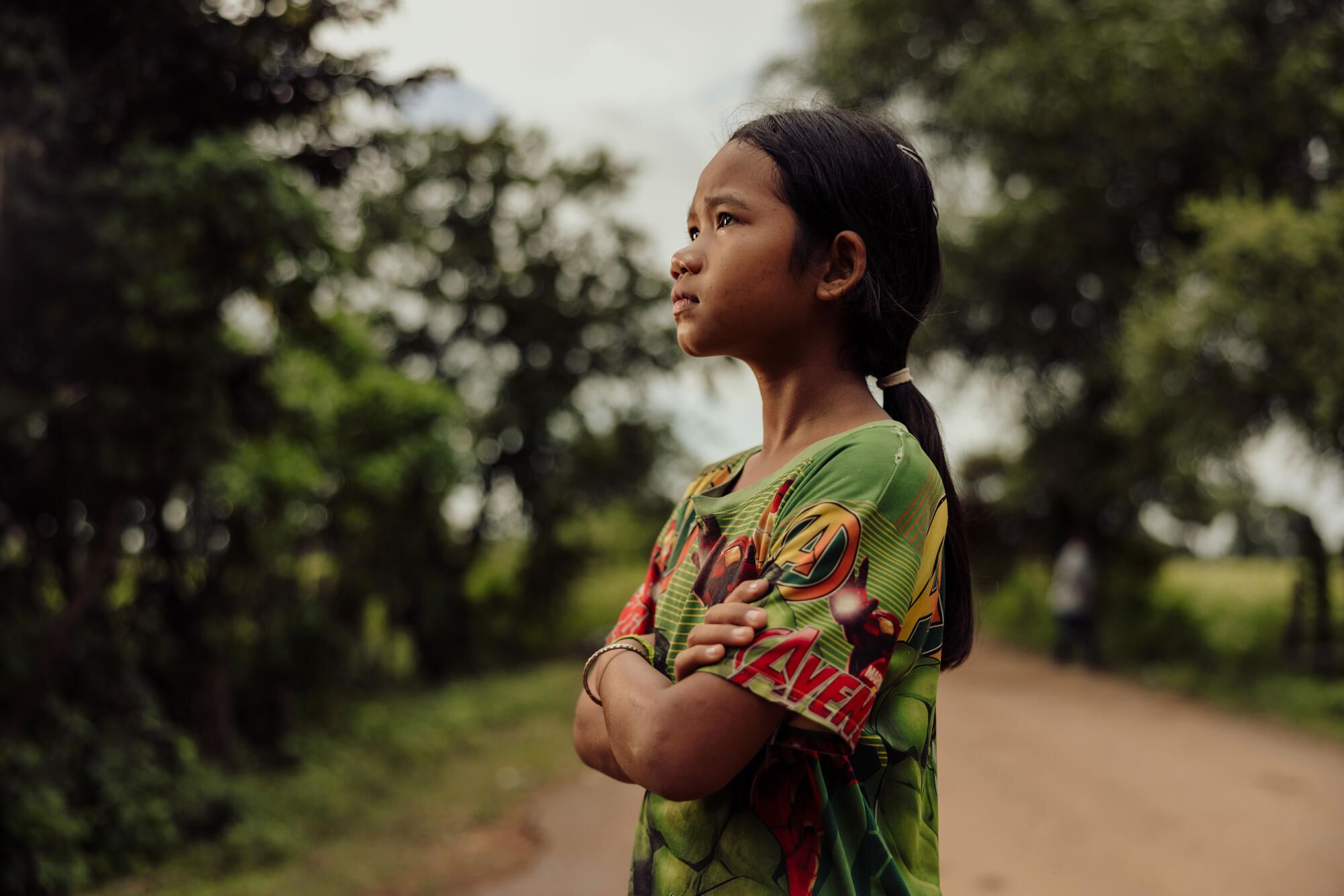
A generation on the edge
On paper, economic progress has transformed East Asia. However, a closer look reveals another story: progress for many, but not for all. Millions of children remain unseen behind national averages. They are growing up amid conflict, climate shocks, displacement, and inequality.
When disasters strike homes, when families flee for safety, when girls are left out or when children with disabilities are unseen, these are not isolated moments. These vulnerabilities are connected.
Behind the averages are children who live the realities that numbers can’t capture.
Regional child vulnerability scores and change trends, 2021-2025
East Asia is the least vulnerable World Vision region after the non-operational, high-income countries. However, progress has reversed since 2021, marking the second sharpest decline globally.
The big picture:
Where children are most at risk
Using the Multidimensional Child Vulnerability Index (MCVI), World Vision and the Institute for Economics and Peace (IEP) examined 8 countries with a World Vision field office across East Asia. The results are clear. Child vulnerability is rising, and overlapping crises are deepening it.
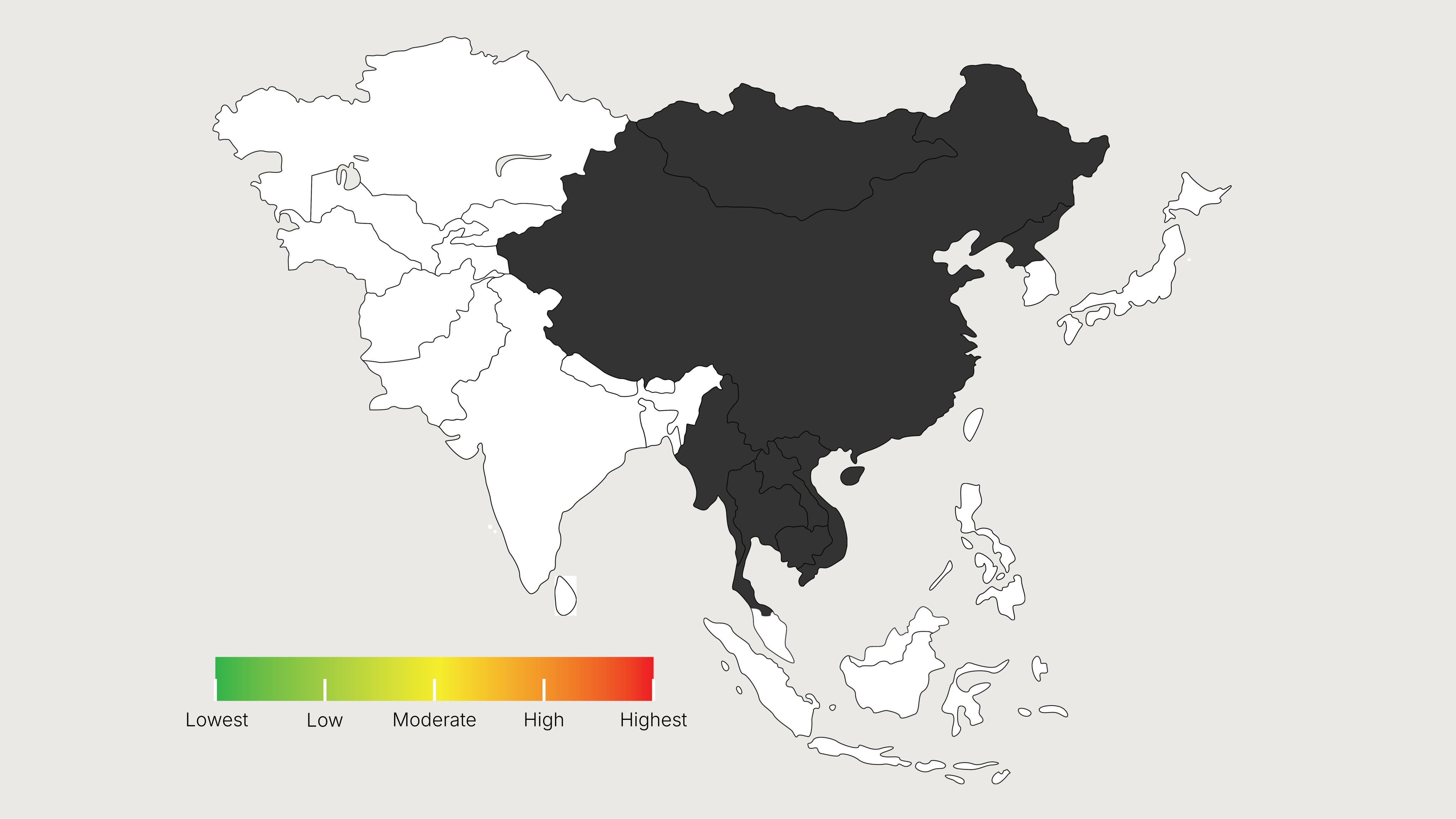

Despite gains in health and education, conflict, climate shocks, and inequality are erasing progress.
Myanmar, Laos, Cambodia and North Korea face the highest child vulnerability in the region.


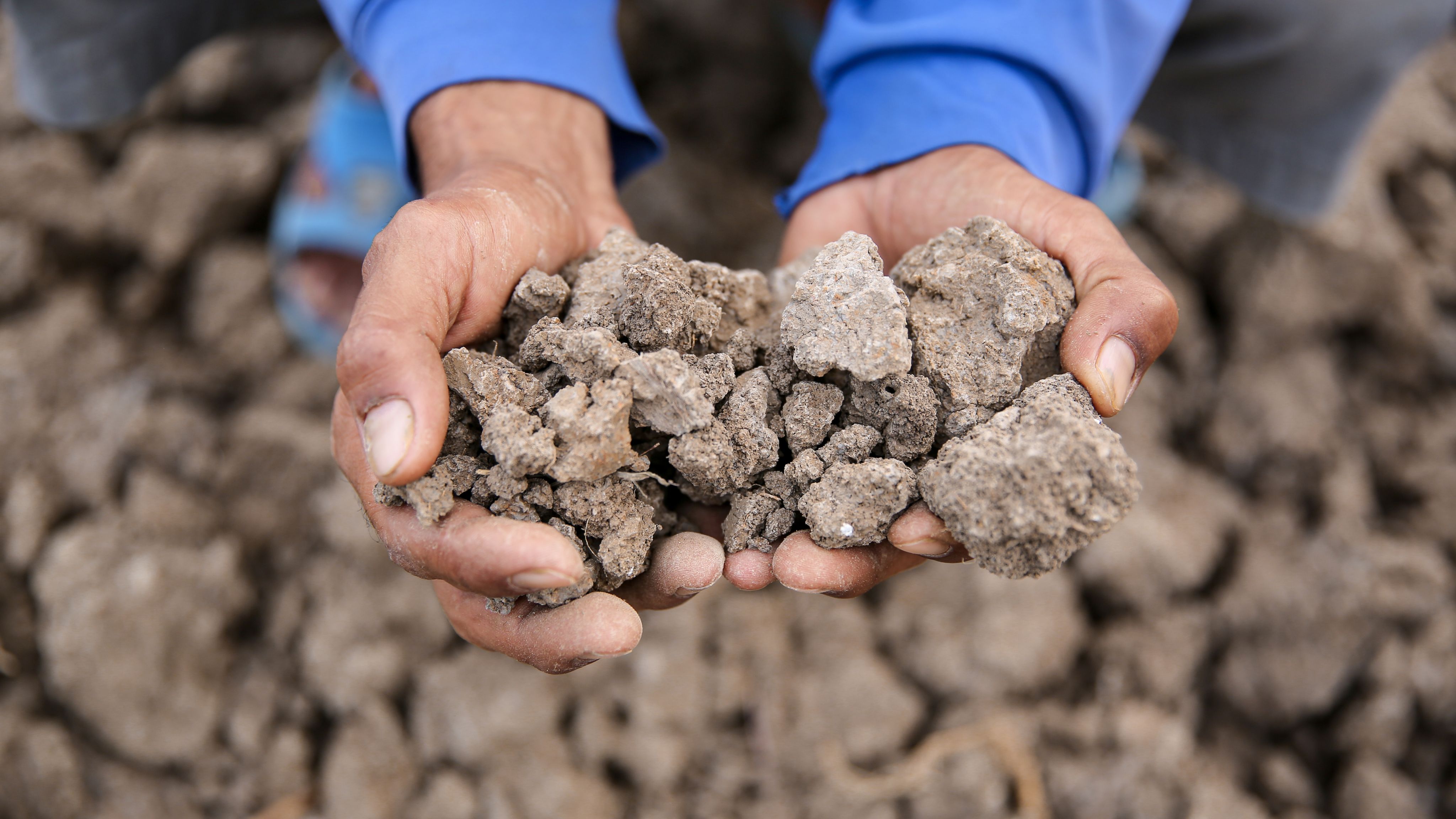
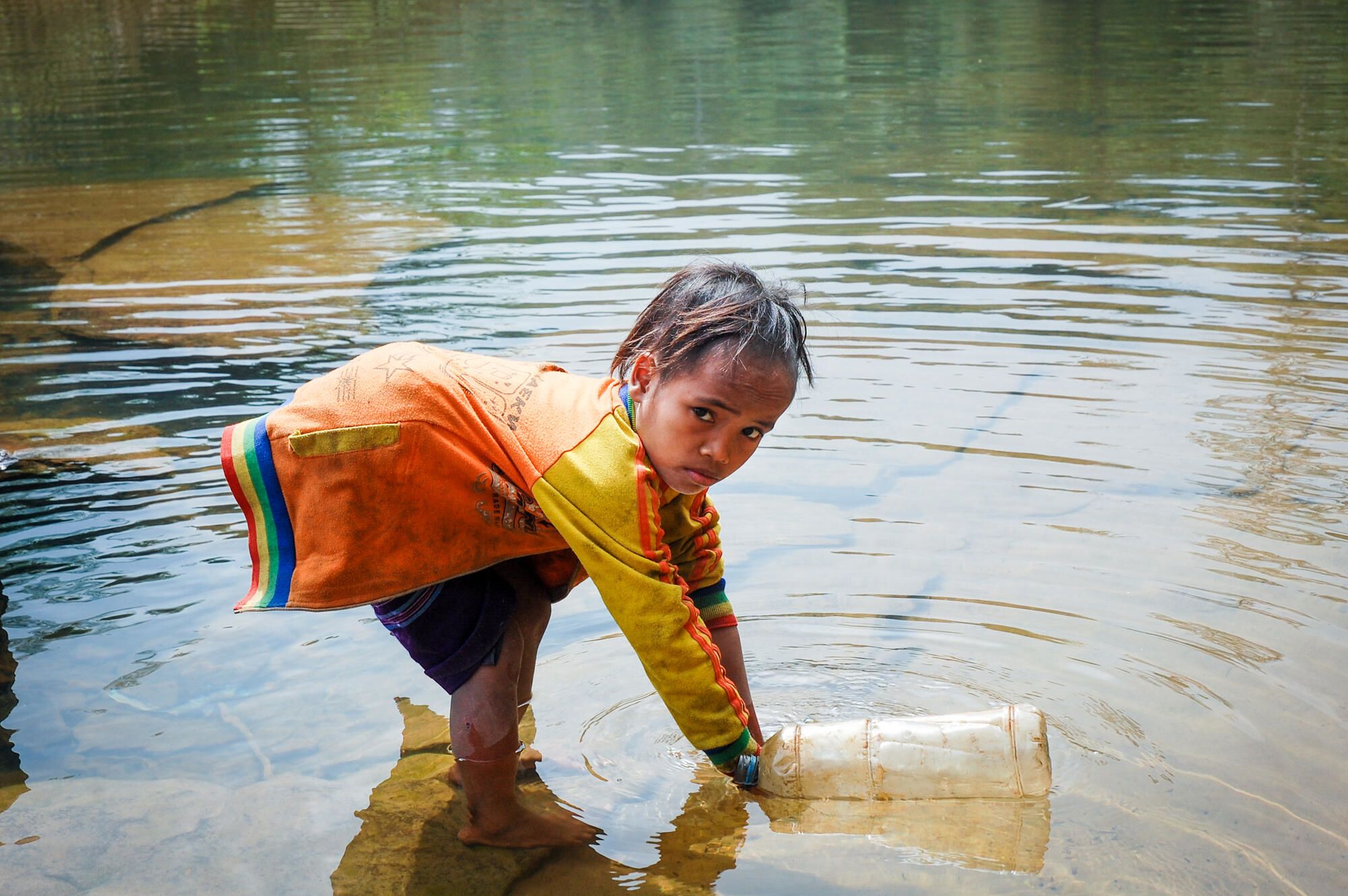
East Asia ranks third highest globally for environmental exposure.
3.5 million people in Myanmar have been displaced, nearly one-third of them are children.
64% of households in Cambodia have severe food insecurity.
Only 15% of schools in Laos have basic sanitation, and just 19% of children have books at home.
Key vulnerabilities identified
The data tells us one thing: crises do not happen in isolation. Conflict, climate shocks, poverty, systemic exclusion, institutional fragility, urban environmental risks, and gender-based vulnerabilities now reinforce one another, threatening a generation’s future.
Child vulnerability in East Asia reflects both exposure to shocks and entrenched systemic barriers
MYANMAR
ranks as the most vulnerable country in the region, with children facing compounded risks from conflict, displacement, food insecurity, and a weakened institutional system. Only 24% of adolescents in World Vision program areas report hope for the future.
LAOS, CAMBODIA
follow closely, with entrenched poverty, early marriage, and limited access to clean water, sanitation, and education, especially for girls and ethnic minorities
CAMBODIA
· Over 42% of urban children live in slum conditions, amplifying health and safety risks
· 66% of children experience violent discipline
LAOS
· Nearly 1 in 3 girls is married before age 18
VIETNAM
· 72% of children experience violent discipline
· Frequent floods, typhoons and droughts
· Growing threats from air pollution and extreme heat
MAINLAND CHINA
records the strongest regional child protection outcomes in 2025, though environmental risks affect its large child population.
THAILAND
Growing threat from air pollution and extreme heat
NORTH KOREA
Frequent floods, typhoons and droughts


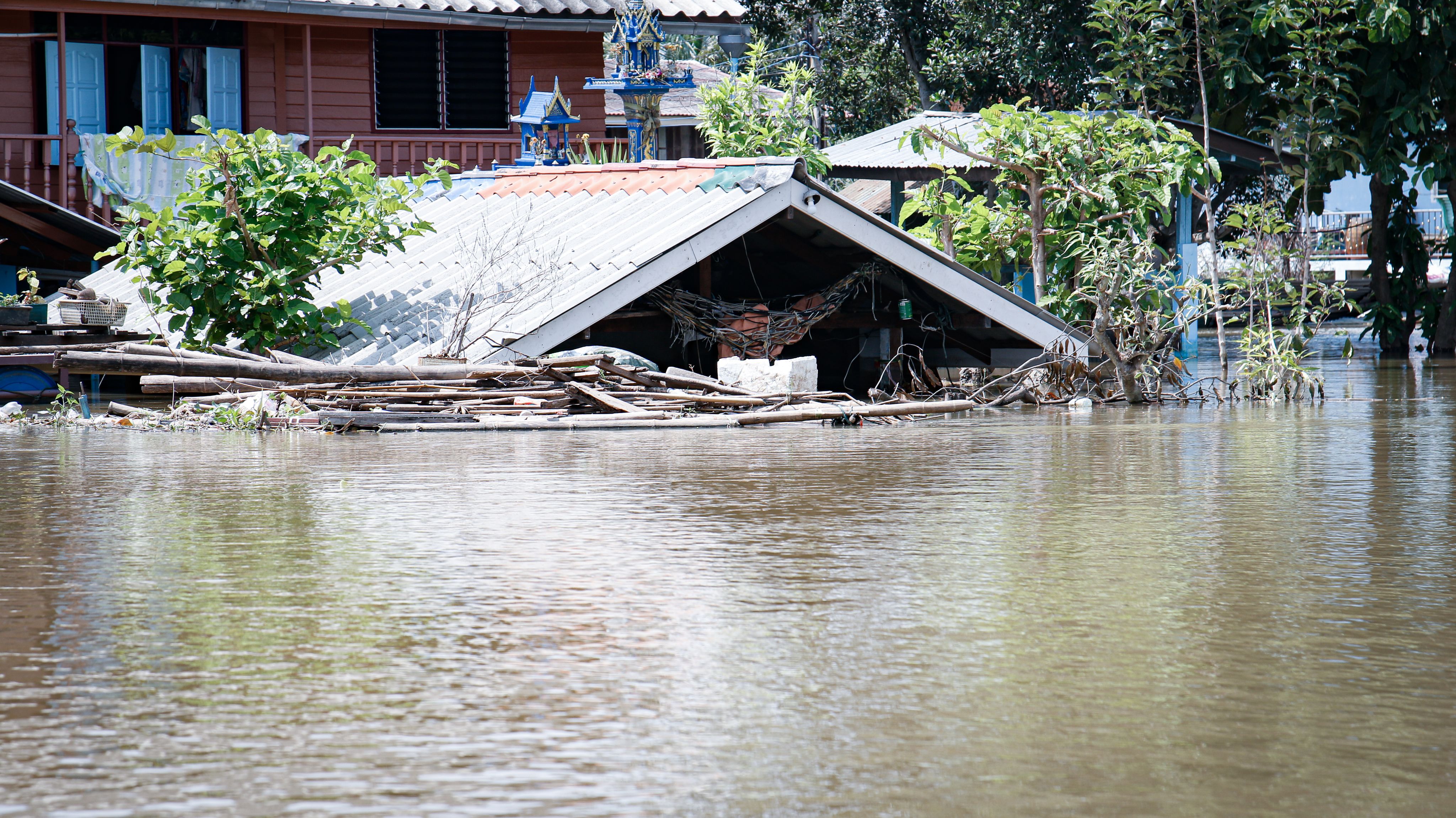
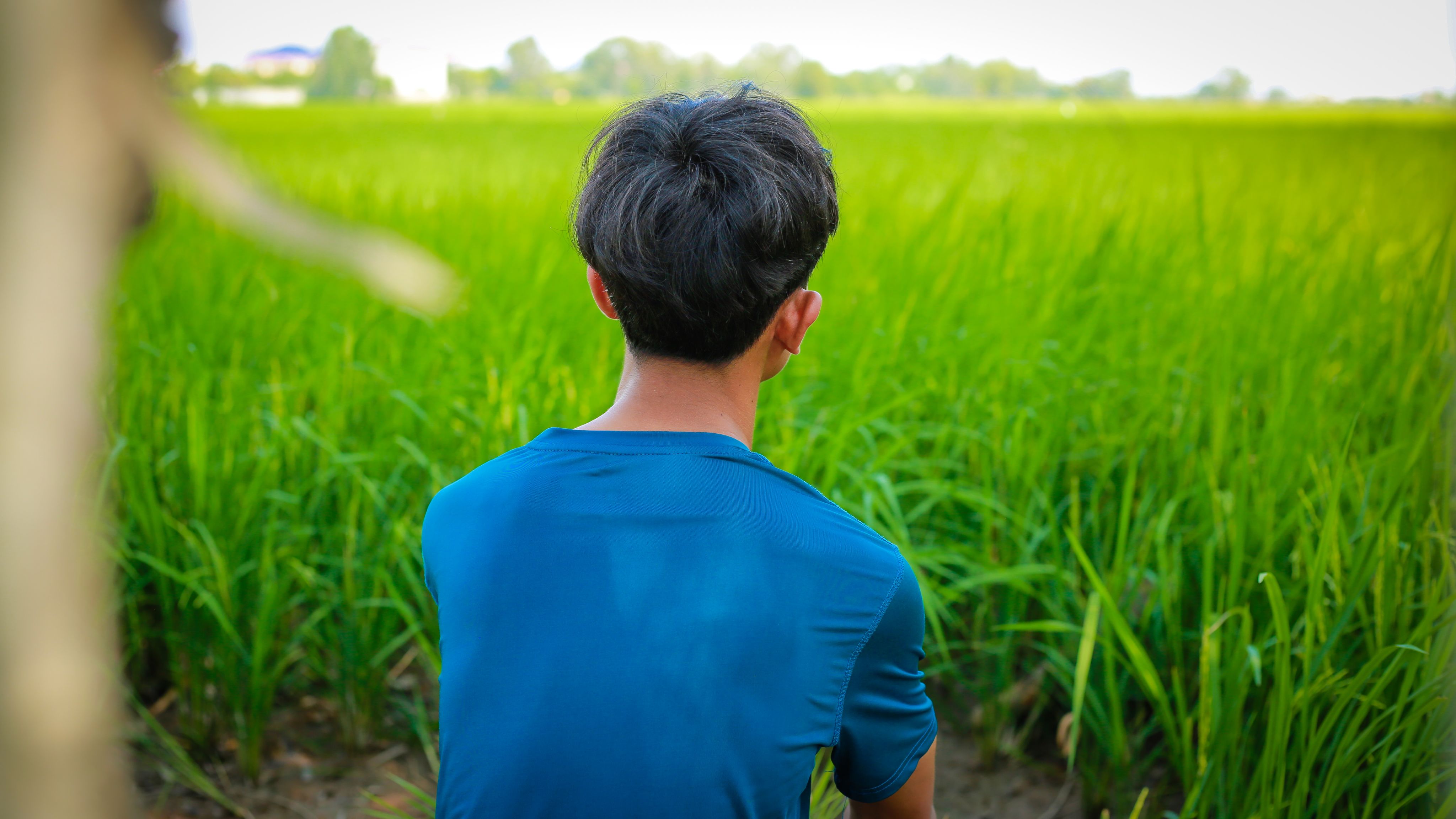
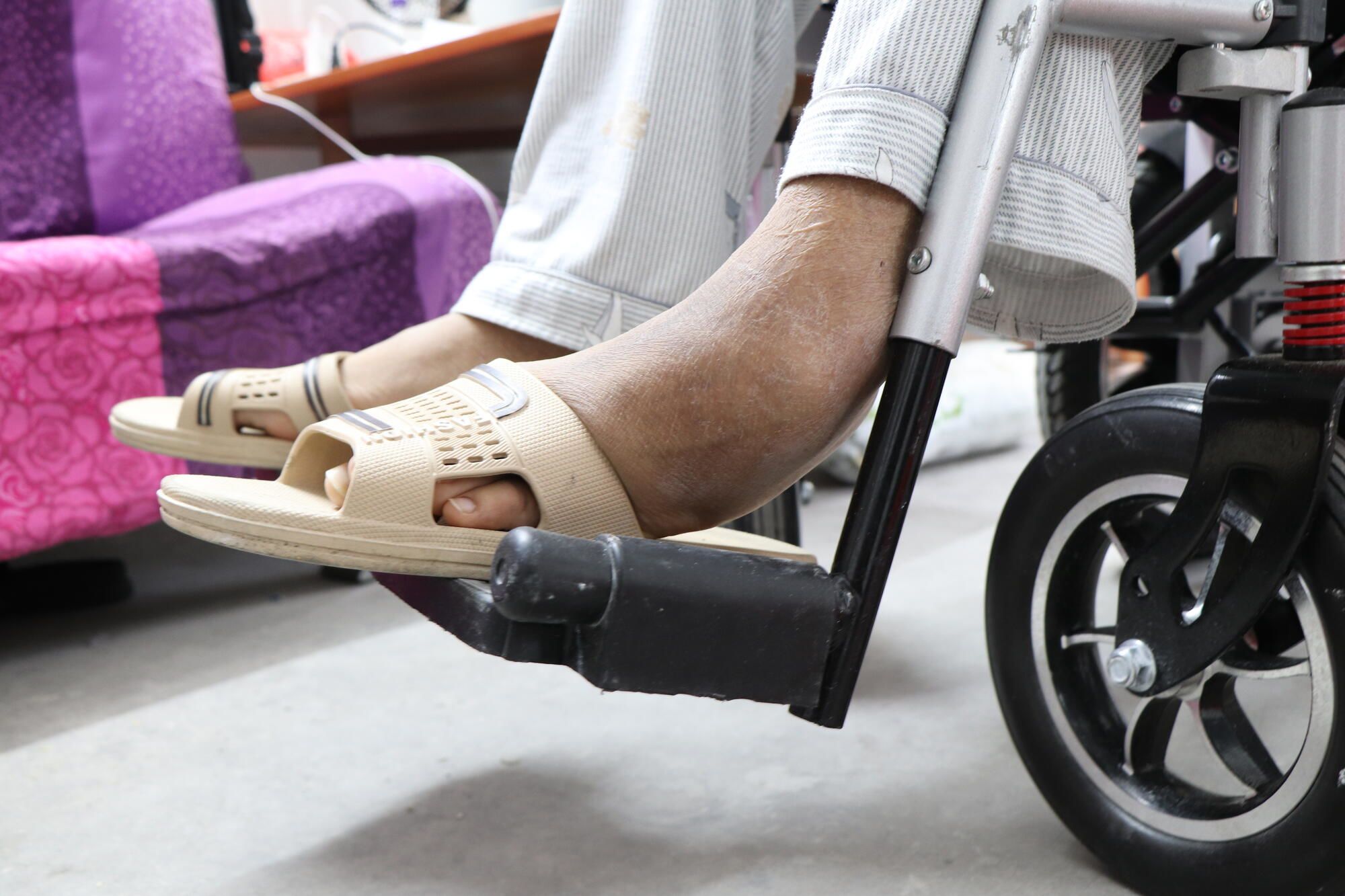
Stories behind the data
Behind every data point is a child. Their vulnerability is not just about survival, but it’s about dignity, belonging, and hope.
Khaing, 13
Myanmar
Before the fighting, my family and I lived happily in our village. I went to school, played with my friends, and helped my mother at home. When the soldiers came, my aunt, uncle and I were captured with other villagers, even children my age. They threatened to take us to the border. I was so scared and cried. My aunt and uncle were killed that day. I still remember that fear. Even now, when I see soldiers, I tremble. When we ran from the village, I had to hide for two days without eating because we were hiding from the jet fighters. They would open fire if they saw the tree branches move. I was terrified.
Now, we live in a monastery in Mandalay. It’s my first time here. It doesn’t feel like home. Home is warm and welcoming. Here, I often feel lonely. At school, I have only a few friends. Some don’t want to walk with me. That makes me sad. I miss my friends from home. At night, I pray for peace. I once saw three falling stars. I wished that our country would be peaceful again, so I can go home. When World Vision comes to play with us, I feel happy for a while. My parents always tells me not to be afraid, that they are here with me. I still hope that one day, I can go back home. Because only at home, I can be truly happy again.
Phu, 12
Vietnam
In my hometown, every big rain brings thunder and lightning. People here are afraid of it because some have even died from lightning strikes inside their own homes. That evening, my family was having dinner. Rain hit the roof hard, and thunder shook the windows. Then suddenly, a flash! A white bolt struck our house. The lights flickered, then everything went dark. My heart was racing and I couldn’t move. My mom’s face turned pale. My little brother hid under the table. All we could do was wait… and hope the storm would stop. That night, no one slept. The power was gone in our whole village. Once, lightning hit my school, we had to stop studying until the electricians came in the rain to fix the power. Sometimes, when I walk outside with an umbrella, I remember that time my hand went numb, because lightning struck nearby.
Now, every time thunder rolls, I feel scared. But I also think, maybe this is because our world is changing. Maybe the storms are angrier because the forests are smaller, and the air is hotter. I dream that one day, people will stop cutting down trees, stop throwing trash on the ground, and care for the earth again. Because I want a future where children like me can study without fear of storms.
Ly Hour, 17
Cambodia
When I was little, I lived with my grandmother because my parents had passed away. Some people in my village looked down on me. They called me an orphan and said I was poor and helpless. I didn’t feel welcome anywhere. Sometimes, when other children were invited to meetings or village activities, I was left out. One of my friends also suffered. He lived with his uncle, who often hurt him when he was drunk. My friend was scared all the time. He wanted to stop studying; he felt no one cared about him.
Things began to change when our community started to include children in activities and decision-making. For the first time, I felt included and listened to. I learned new things and made some friends who treated me kindly. I believe that when children are loved and protected, they become more confident and have more hope. When people care for each other, help each other, and live with love and understanding, children will thrive in a safe community. That’s the kind of world I dream of.
Xiaoyu, 17
Mainland China
I love smiling… and I love making others smile too. One day, my teacher asked me to give a speech at the flag-raising ceremony. I was so proud, because my voice, my thoughts, were heard by everyone. But not every moment is easy. On a school trip, many places weren’t made for wheelchairs. While others played, my mom and I could only watch. I felt… a little lonely. Still, I believe something very important. Children with disabilities can make decisions about our own lives. We just need a little support, and we can take care of ourselves. So, listen to our voices… and help us build a world where every child can smile, just like me.
"These are not isolated stories. They are mirrors reflecting the lives of millions of children across East Asia."
These accounts reflect the complex realities faced by children across East Asia. Their experiences illustrate how poverty, displacement, climate shocks, and social exclusion intersect to shape childhood in profound ways.
Each story is a reminder that behind every data point lies a child’s life — one that can change with the right protection, opportunity, and support. Understanding these lived experiences is essential to addressing the multidimensional nature of child vulnerability across the region.
Turning data into action
The Behind the Averages report is more than a research paper. It’s a roadmap for change. By understanding how vulnerabilities intersect, we can target solutions that protect, empower, and restore hope.
Together with partners, World Vision ensures evidence-based design in programs to create lasting impact, from emergency response and child protection to livelihoods and education.
We invite governments, donors, and partners to help scale proven solutions that protect and empower vulnerable children in East Asia amid growing challenges.
Action Pathways for Strengthening Resilience to Disaster-Driven Displacement
SHORT TERM
Expand child-friendly spaces in evacuation centres to provide psychosocial support and safe environments during displacement.
In contexts such as Mongolia, rapid deployment of emergency cash transfers can help households affected by drought and harsh winters protect children from malnutrition and interrupted schooling.
MID TERM
Develop and pilot climate-resilient housing in high-risk countries such as Cambodia, Myanmar and Laos to withstand recurrent floods and storms.
Strengthen child-sensitive earlywarning systems in countries such as Vietnam and Myanmar by embedding disaster preparedness into school routines and community-based structures, ensuring children are not left behind during sudden shocks.
LONG TERM
Support institutionalising child-focused social protection systems across the region so that displaced children retain guaranteed access to healthcare, education, and psychosocial services.
Support integrating climate risk assessments into national education planning, ensuring that schools are designed or rebuilt with the capacity to withstand recurrent natural disasters, thereby breaking cycles of vulnerability.
Action Pathways for Strengthening Urban Resilience and Service Delivery
SHORT TERM
Expand mobile health services in cities such as Hanoi and Bangkok to provide diagnosis and treatment for children suffering from air pollution-related respiratory illnesses.
Schools can also adopt simple cooling strategies, like shaded courtyards and low-cost fans, to reduce the immediate impact of rising urban heat on children’s learning.
MID TERM
Support more structural reforms in urban centres. In Mainland China, stricter enforcement of air quality regulations is needed, with indicators that specifically capture child health impacts. In similar hubs, investment in “green schoolyards” and urban vegetation would simultaneously reduce heat stress, improve local air quality, and create healthier child-friendly spaces.
LONG TERM
Support reimaging city planning through child-sensitive design. Schools, clinics, and community centres should be built or upgraded to withstand rising temperatures and high pollution levels.
At the metropolitan scale, cross-sectoral climate–health frameworks in mega-cities such as Shanghai and Bangkok can institutionalise sustainable protection for future generations, embedding resilience into long-term urban development.
Action Pathways for Promoting Social Inclusion and Equal Access
SHORT TERM
Expand mobile birth registration campaigns in remote provinces of Cambodia and Laos to ensure children from marginalised ethnic groups gain legal identity and access to essential services.
MID TERM
Support inclusive education models. For example, bilingual education programmes in Cambodia’s Ratanak Kiri province could reduce dropout rates among minority children, while similar approaches in Laos can improve equity in access to schooling.
LONG TERM
Support universal birth registration for all children, regardless of ethnicity or religion, through national legislation and enforcement.
Education systems should also institutionalise support for minority languages and cultural traditions, ensuring that access to schools and basic services is not tied to assimilation but to inclusive participation.
Action Pathways for Promoting Gender Inclusion
SHORT TERM
Focus on support in keeping girls in school and preventing early marriage. In Cambodia, governments and NGOs could provide direct cash stipends to families of school-aged girls to offset costs such as uniforms and textbooks. In Laos, local school authorities and health workers could run door-to-door outreach in rural villages to identify at-risk girls and connect families with education and health services.
MID TERM
Support expanding access to safe and supportive education and health services. In Mongolia and Myanmar, governments could build and fund safe boarding schools in rural areas to allow girls from remote communities to continue secondary education. In Vietnam, the health system could strengthen adolescent clinics that provide contraception, counselling, and reproductive health education.
LONG TERM
Support institutionalising gender-sensitive policies and funding. Governments should allocate dedicated resources in national budgets for girls’ education and health, ensuring scholarships, facilities, and reproductive health services are sustainably financed.
A regional monitoring body could be established to track adolescent fertility and child marriage, holding governments accountable and coordinating joint programmes to reduce these rates.
Hope in Action
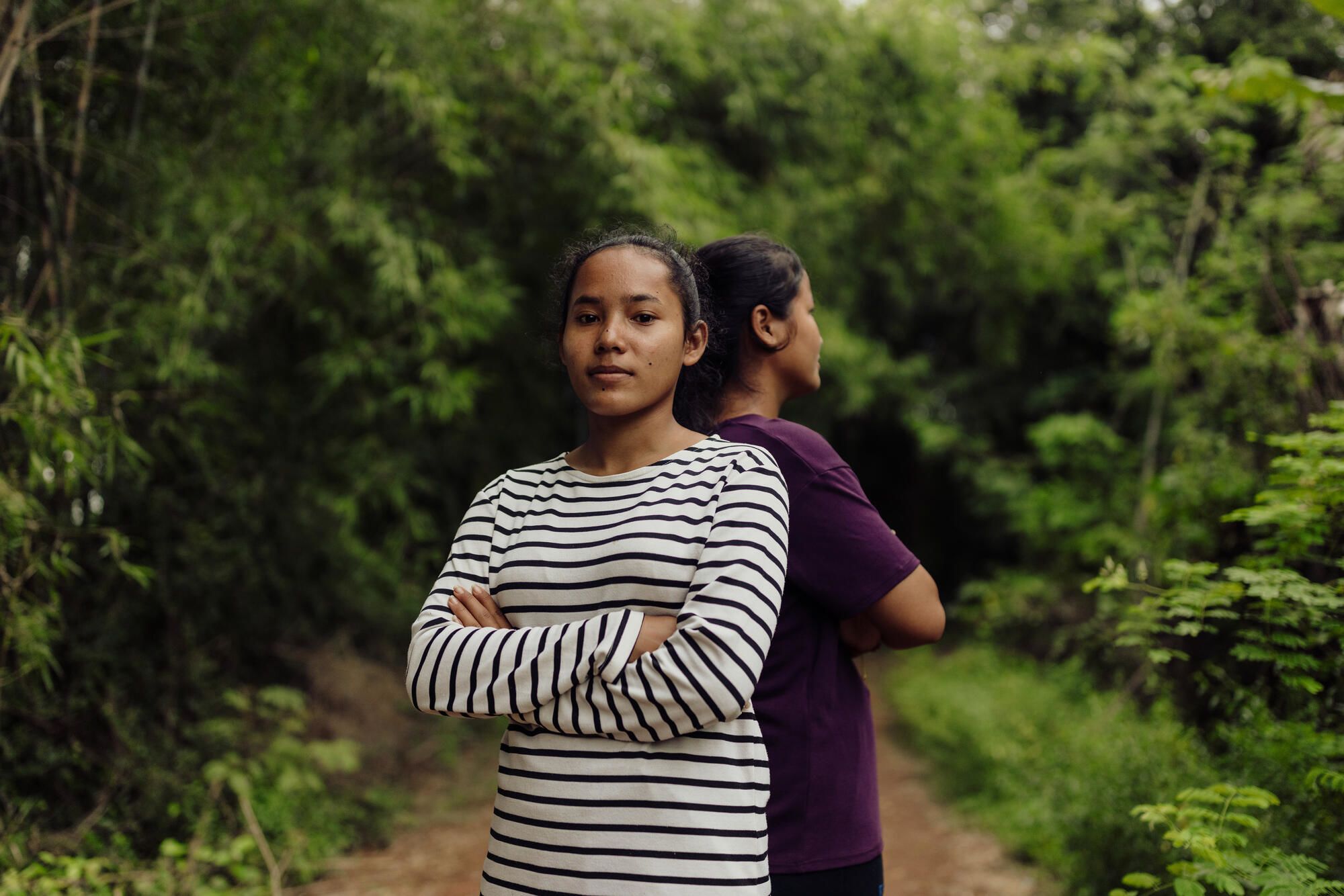
Data shows risks.
Children show resilience.
The rest is up to us.
Every child deserves safety, education, and hope.
Together, we can turn data into action, ensuring that no child is hidden behind the averages.
A platform for young leaders to learn, grow, lead, serve and positively impact their communities
Youth Championing Climate Future >>
A girl using her voice to speak for thousands of children facing the harsh realities of climate change
Hope, Joy and Justice
for All Children
